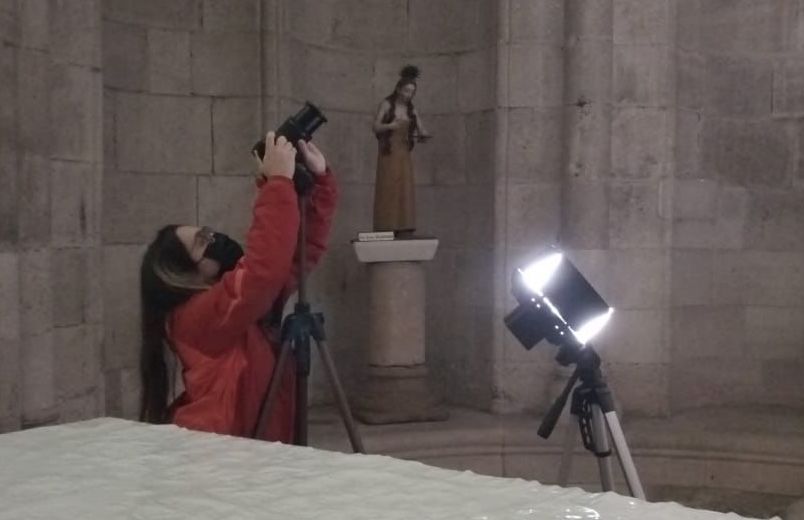Teresa Martinez Martinez
Thesis: Religious buildings in Zamora, 11th-13th Centuries: building processes, forms and functions
Supervisor: Dr Jenny Alexander

Background
BA in History of Art (University of Salamanca)
MA in Medieval Studies (Complutense University of Madrid)
Research
My research aims to shed light on constructive processes in the Middle Ages using masons’ marks as the main source. To this end, I am working with the Romanesque buildings of Zamora erected between the late 11th century and the beginning of the 13th century. This city, located in the northwest of the Iberian Peninsula, is a particularly attractive case study because of the vast number of masons’ marks preserved on the walls of 23 churches, the cathedral, and the city walls.
Since written sources lack of any information about the labour-force for this period, a thorough study of the material remains becomes essential to pose questions about the organization of medieval workshops, phases of construction, the significance of the cathedral as a centre for training within the city, and the connections between architectural and sculptural characteristics of different buildings. Marks can also contribute to the development of theories about construction costs, invested wealth in each building and the interest that medieval society had in the erection of long-lasting structures.
The methodology I apply combines the system developed by my supervisor, Dr. Jennifer Alexander, to study masons’ marks with GIS (Geographical Information Systems) technology. My dissertation attempts to contribute to the field of Digital Humanities, providing an example of how techniques used for the archaeology of architecture can be applied through the study of masons’ marks. This allows the opening of new paths for depicting medieval society.
This dissertation is part of the ERC Project: Petrifying Wealth. The Southern European Shift to Masonry as Collective Investment in Identity, c.1050-1300 (PI Ana Rodríguez (CCHS-CSIC), ERC Advanced Grant no. 695515).
